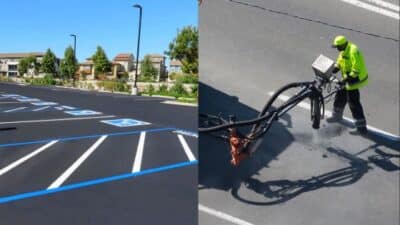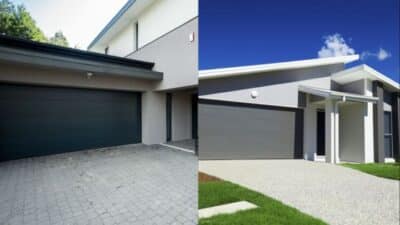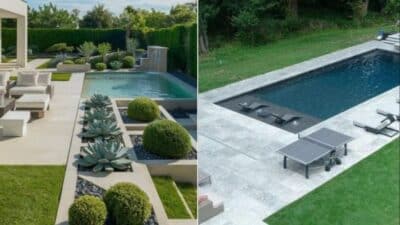Living in Washington means dealing with some of the wettest conditions in the United States. According to the National Oceanic and Atmospheric Administration (NOAA), parts of western Washington see over 150 rainy days per year, making moisture damage one of the biggest threats to outdoor structures like decks. Simply staining your deck every few years is not enough to prevent serious water infiltration — it requires true waterproofing to protect your investment long-term. That’s why investing in waterproof deck repair service is essential for homeowners who want to stop rot before it requires a costly replacement.
Staining vs. Waterproofing: What’s the Difference?
While staining enhances color and provides a basic surface seal, waterproofing goes much deeper. Proper waterproofing techniques use membranes, under-deck drainage systems, and high-grade coatings to shield all parts of your deck from water damage. Staining may slow moisture absorption for a short period, but eventually water will seep into cracks, wood grain, and fastener holes — all leading to rot, mold, and structural weakening.
A true waterproofing solution prevents water from saturating the wood and framing components, keeping your deck safe for years. This can mean the difference between a minor repair and the need for a full teardown and rebuild.
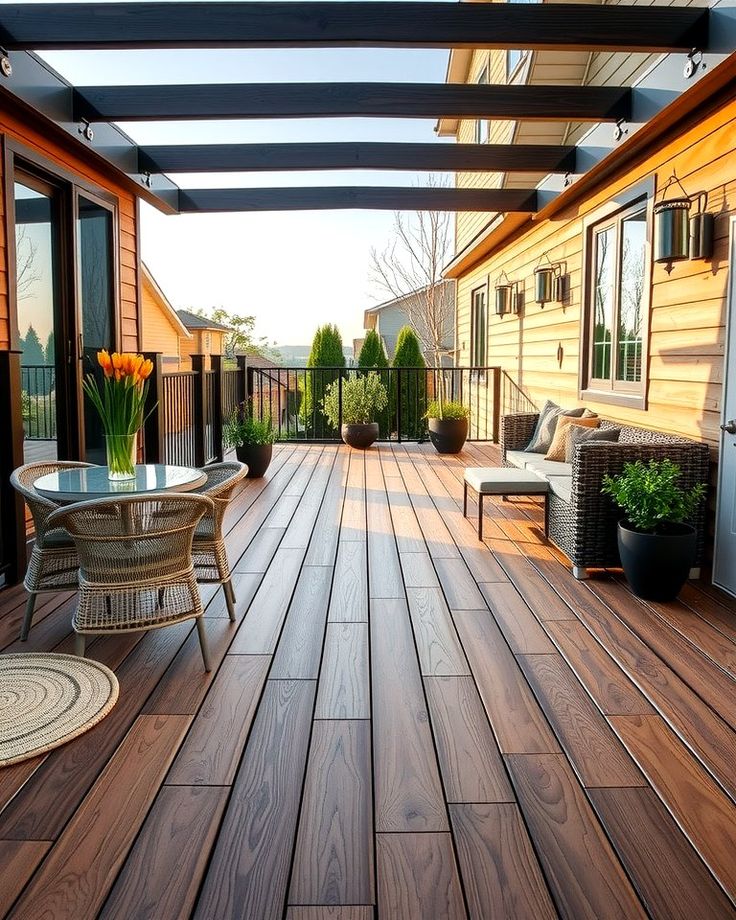
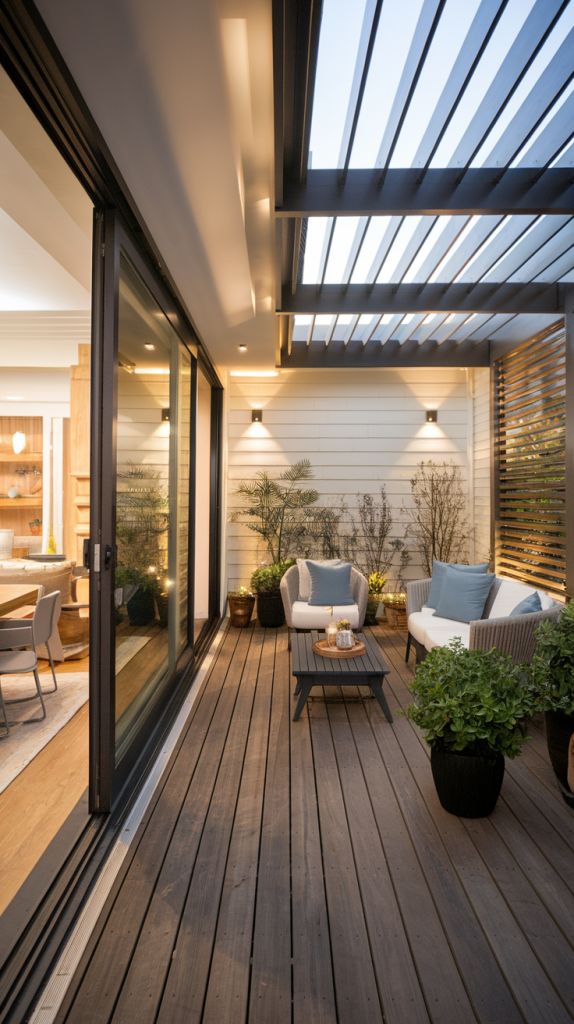
The Science of Deck Rot in Washington’s Climate
Washington’s wet weather creates a perfect breeding ground for wood rot. The U.S. Forest Products Laboratory reports that wood with 20% or higher moisture content is especially susceptible to rot fungi. In western Washington, damp conditions and mild temperatures keep deck boards and framing at that moisture threshold most of the year. This is why it’s critical to go beyond staining with proactive solutions — like contacting an experienced deck rot repair company — to stop water penetration and dry rot before they start.
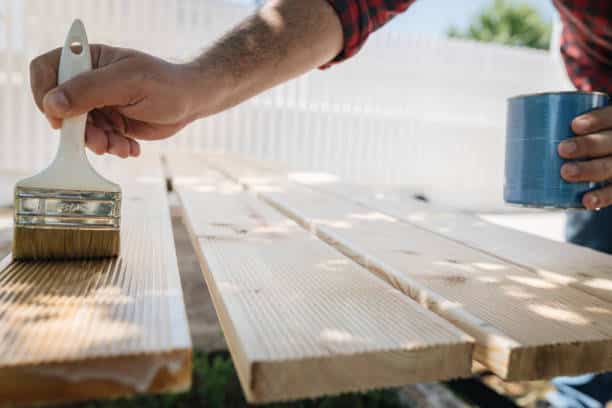
Modern Waterproofing Techniques
Homeowners today can take advantage of proven waterproofing techniques:
- Liquid-applied membranes that form a watertight seal.
- Vinyl decking membranes for a durable, seamless surface.
- Proper flashing and drainage around posts and ledger boards.
When these elements work together, they protect the vulnerable parts of your deck that staining can’t touch — like joints, posts, and underlying framing. This full-spectrum protection not only saves you money on repairs but also enhances safety and extends the lifespan of your outdoor space.
Conclusion
In the Pacific Northwest, water is your deck’s number one enemy. Going beyond traditional staining to implement serious waterproofing measures will help your deck endure decades of rain, snow, and freeze-thaw cycles. By partnering with experienced professionals and investing in long-term protection, you can keep your deck beautiful, safe, and rot-free for years to come.
- 7shares
- Facebook0
- Pinterest7
- Twitter0
